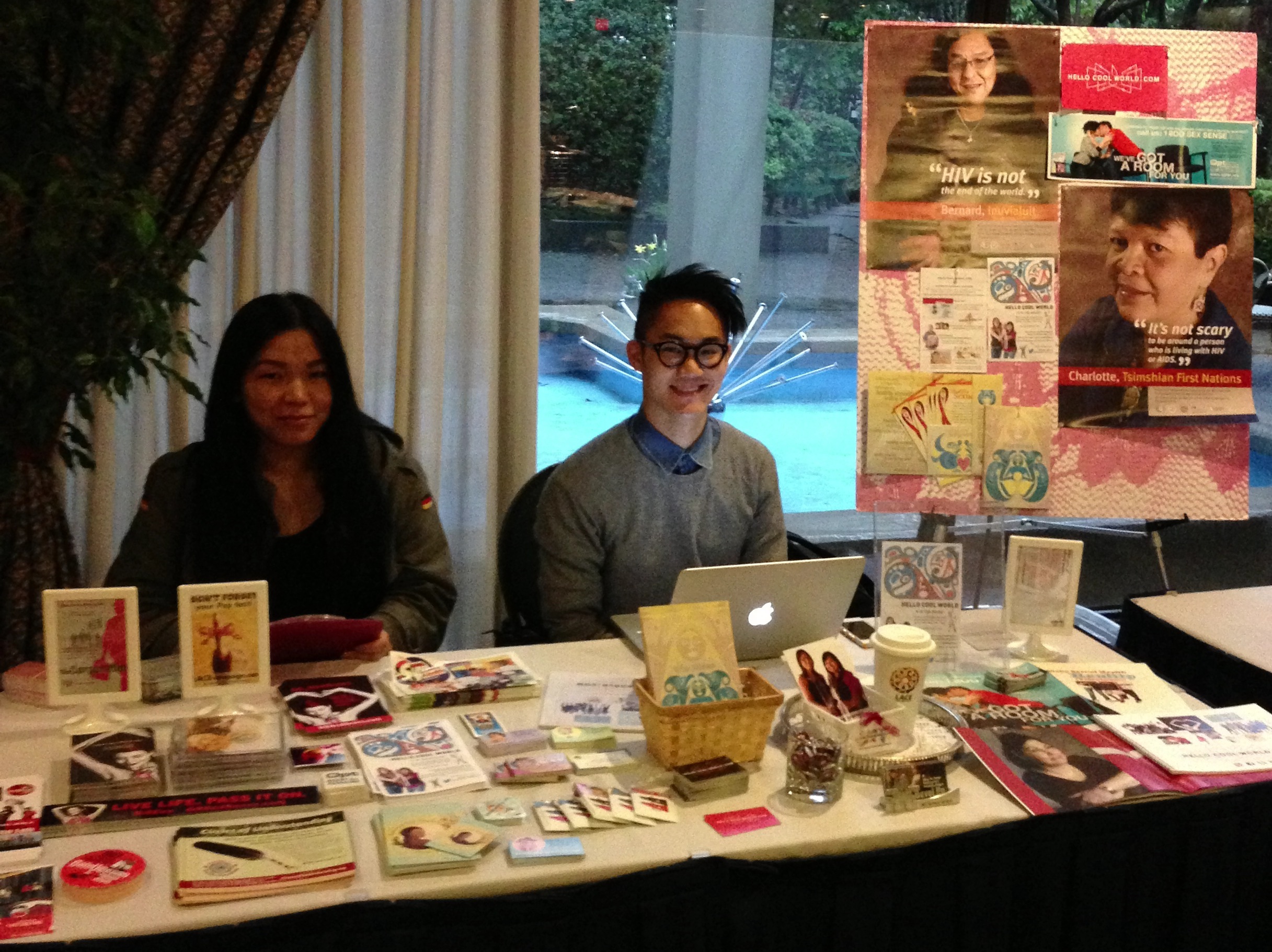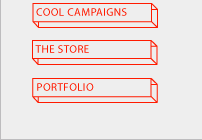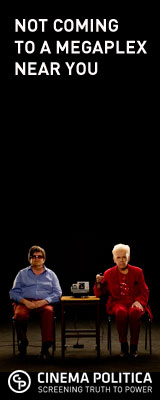April 23, 2013
Hello Cool World was "in The House" for First Nations Health Conference
By
Maria Martin
Please BOOST (aka vote for) our proposal to IdeaBOOST - it's for a platform to help us do all our work and campaigns! Help us reach our goal of 5000 boosts by midnight April 25!
 in March 2013 Hello Cool World attended the annual Communicable Disease Workshop (hosted by First Nations Inuit Health Branch of Health Canada), which was held at the Coast Hotel in Vancouver. Hello Cool World Intern Maria Martin helped us make this short video blog from interviews we conducted at the conference. She also updated our First Nations Health section of out Hello Cool World Media site.
in March 2013 Hello Cool World attended the annual Communicable Disease Workshop (hosted by First Nations Inuit Health Branch of Health Canada), which was held at the Coast Hotel in Vancouver. Hello Cool World Intern Maria Martin helped us make this short video blog from interviews we conducted at the conference. She also updated our First Nations Health section of out Hello Cool World Media site.
Pictured: Maria and David at the conference with our Hello Cool World info table about our projects. Below Maria recaps her thoughts on community health and interning with HCW!
As a nursing student, I enjoy community health. Community healthy nursing enables me to interact and collaborate with people where they live, work, and play to promote health. I have the privilege to encounter people in their realm rather than in a hospital setting. I go to their community to explore and discover their norms, values, beliefs, environment, people etc that shape their health and quality of life. As a result, I had the opportunity to coordinate, collaborate and cooperate with a variety of partners, disciplines and sectors to promote, protect, and preserve health, prevent diseases and injury. I learned a lot about advocacy, health marketing and advertising, health public policies, population health etc in the process.
Community health focuses on health promotion, health prevention and health services and on how they are initiated differs from each and every specific community, such as for First Nations. There is an emphasis on primary health care based on the geographical area of the community as well as secondary and tertiary prevention because each community experiencse different levels of care so their health care system needs to complement their health care needs.
RNs have to coordinate care and plan services, and programs to their communities. In doing so, they have to find innovative and creative means to find, distribute and allocate resources to support health within their communities. Thus, RNs are starting to use social media to engage their communities about health, health promotion, disease prevention and health services.
In order to promote health successfully in a community, such as First Nations many of whom may not be in urban centres, they rely on transferring information from their health care providers by using many communication outlets. As was mentioned in our video, social media is one avenue to connect and communicate with clients about their health and do some health promotions.
Hello Cool World uses social media for health marketing and advertising as evident by our previous campaigns/projects such as 65_RedRoses, Immunize BC and of course, the CDC conference we were part of. In addition, a project from the CDC Workshop looked at texting as a means to connect and communicate with HIV clients. These clients received social support from texting because they have easy access to talk to their health care providers, receive health information and a sense of control of their disease.
Furthermore, the younger generation heavily uses social media to connect and communicate with the world and themselves. The participants in the conference even recognize this shift on how people communicate and how health care providers can communicate with their clients through social media. We tweeted and did live interviews during the conference to show the participants the advantage and benefits of using social media for health marketing. Social media is one way to enhance mass communication because it can reach remote, rural, or isolated communities as well as socially connect clients, especially the ones without an address or telephone but “they are on Facebook, all the time.”
People use social media to access health care so why shouldn’t health care providers use social media to access their clients so they can meet them where they are.
Using social media for health promotion, disease prevention and health services are useful, creative and an alternative way to communicate with clients so health care providers need to get on the bandwagon, start tweeting, use Facebook, read blogs, and watch vlogs to “get the story out.”
Thank you & stay cool. MM.
Tag(s):
65_RedRoses,
First Nations,
health promotion,
Hello Cool World
Recent Blogs by Maria Martin:
|
 |







